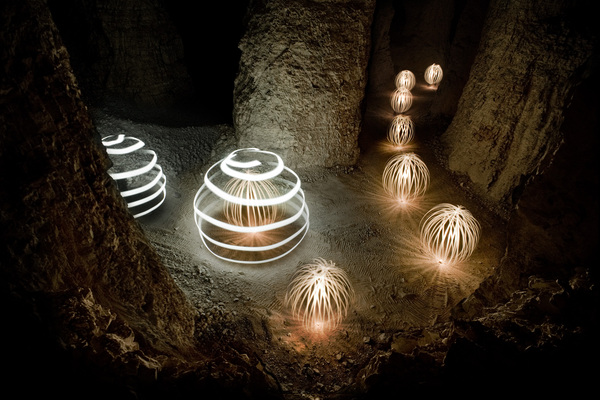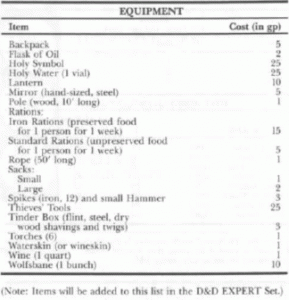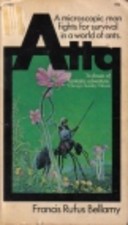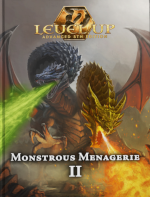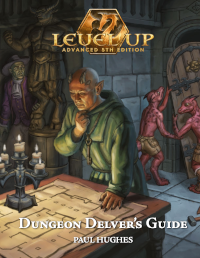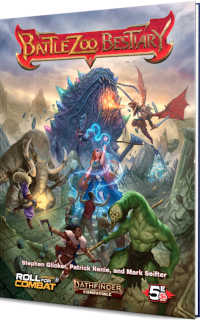Paul and I were talking a while back about how recently it seems like Wizards of the Coast seems to have been focusing its attention on older editions of D&D recently and thinking about what made people so excited about them. The Redbox and Essentials line is one example of this, where they tried to capture both the simplicity/accessibility of D&D and the charm of playing very different types of characters. Another example is the series of articles by Mike Mearls focusing on the history of D&D and discussing what that can tell us about the game today. These seem like good steps to take and have the potential to address some of the objections fans have to 4th edition versus 3.5 or earlier editions of D&D.
What strikes me is that from what I can tell a lot of people are objecting more to what they see as the new philosophy of D&D rather than the rules themselves. And in some ways I see where they are coming from (in other ways I completely disagree).
The thing is, the new rules for 4e are GREAT. They are hands down superior to the rules in other editions. They are more elegant, expand choices in and out of combat, generally more balanced, and basically more fun in every way. They involve less arbitrary charts. They involve more meaningful choices. They are great. I’ll save a meaningful defense of the mechanics of 4e for another article, however :).
Meanwhile, the philosophy behind the new editions or in some cases the perception of the philosophy sometimes leaves room for lingering doubts:
1. A Return to Dungeon Crawls: Is it just me, or is 4e more about dungeon crawls and less about more free-form encounters in the wilderness or in cities, which seemed more common in 3.5? Official adventures, for example, seem to consist almost entirely of long dungeon crawls. And 4e rules, with their structure of encouraging multiple encounters in a day, definitely seem to work very well for a dungeon crawl.
The thing is, this needn’t really be the case. There’s nothing in 4e rules forcing PCs to muck about in dungeons, and it is not too difficult to create situations where multiple fights crop up naturally over the course of a day. Or just one or two SUPER HARD fights. So this is a situation where the general tone of 4e seems to imply that players should be fighting wave after wave of monsters in a dungeon, which could turn off some more die-hard roleplayers, when in reality, the rules support any style of play in this area. (more…)
 Fitz poses the question: “If your character encountered something like this while lurking about underground looking for something to kill and/or steal, what would be your immediate reaction?”
Fitz poses the question: “If your character encountered something like this while lurking about underground looking for something to kill and/or steal, what would be your immediate reaction?”
